Buying a chest freezer might just prove to be the best choice you’ll ever make. A chest freezer can expand the food variety you can store. But when you’re planning to buy a chest freezer for your home, you will need some basic knowledge about the product, such as its typical width, so you know what amount of space you will need to dedicate to it. We looked into a few chest freezer manufacturers to find out.
Chest freezers typically come in four size ranges:
- Compact - 21–28″ width, 32–34″ height, and 19–22” depth
- Small - 29–38″ width, 32–34″ height, and 22–27″ depth
- Medium - 54–65″ width, 33–36″ height, and 24–28″ depth
- Large - 72–84″ width, 31–34″ height, and 27–32″ depth
So, however big or small your home space, there’s definitely one that will fit. But knowing the size is not yet the end of the road. There are more important bits of information that you should consider when buying a chest freezer. Read further to find out what those are.
NOTE: WE MAY GET A COMMISSION IF YOU DECIDE TO MAKE A PURCHASE THROUGH THESE LINKS. THERE'S ADDITIONAL NO COST TO YOU. CHECK THE BOTTOM OF THE PAGE FOR MORE INFORMATION.
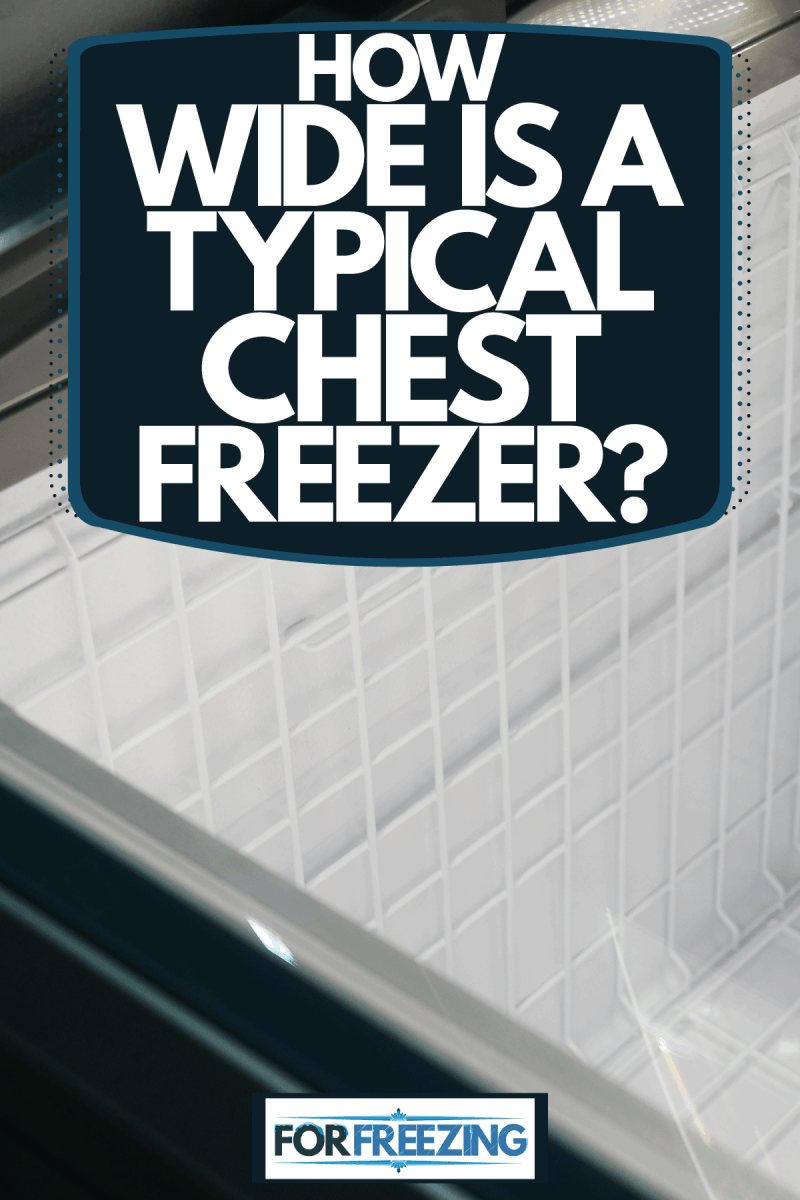
How do I know what size deep freezer I need?
If you have already decided to buy a chest freezer, you should choose the one that will fit your lifestyle, freezing needs, and home space. These will always be the biggest factors that dictate the size of the chest freezer you need. To put all these ideas into perspective, here are some real-life examples for each size range that might help:
Compact Chest Freezers
This kind of chest freezer is an ideal choice for those people living solo in a small apartment or studio-type condominium unit. With a 21–28″ W x 32–34″ H x 19–22″ D dimension, compact chest freezers are made to fit just about anywhere in your loft. Plus, you can also move them around so easily as most of them are equipped with two rollers and only weighs around 50 to 70 lbs.
The good bits don’t end there. Compact chest freezers can hold around 120 to 175 lbs of food supplies. They only consume around 200 kWh of electricity, which translates to a small annual utility cost of around $26 or $2.17 additional monthly cost.
Small Chest Freezers
Small chest freezers are the ones that measure 29–38″ W x 32–34″ H x 22–27″ D. They are only a bit bigger than compact chest freezers and are ideal for a small family of four and couples living in a small one-bedroom apartment unit.
Despite their small frame, they can store approximately 200 to 300 lbs of food that can last for months, depending on your consumption level. Since they’re a little bigger than their compact counterparts, small chest freezers can come with two storage baskets and a divider. These are extremely helpful when you don’t want your smelly supplies to get mixed up with your treats.
Lastly, it will not take a big chunk of your income as their energy consumption only racks up to around 250 or 300 kWh annually, which will only cost $2.50 monthly, depending on your usage.
Medium Chest Freezers
If your family is large, going for a medium-sized chest freezer will serve you better. Buying a medium chest freezer is especially applicable if you pack and freeze big cuts of meat, like a quarter cow and other essential perishable goods.
With their sizeable dimension of 54–65″ W x 33–36″ H x 24–28″ D, you can accommodate at least 350 pounds of food in this chest freezer and leave it in your garage. Just remember, though, that a chest freezer this big can cost you more on your energy bill, unlike the smaller sizes.
In instances like this, you should thoroughly think if you truly need a medium chest freezer or the smaller ones to supplement the built-in freezer in your fridge. And you can also use the 1.5 cubic feet rule for each person in your home. That way, you avoid unnecessarily buying big freezers that you might not even fill to the brim.
Large Chest Freezers
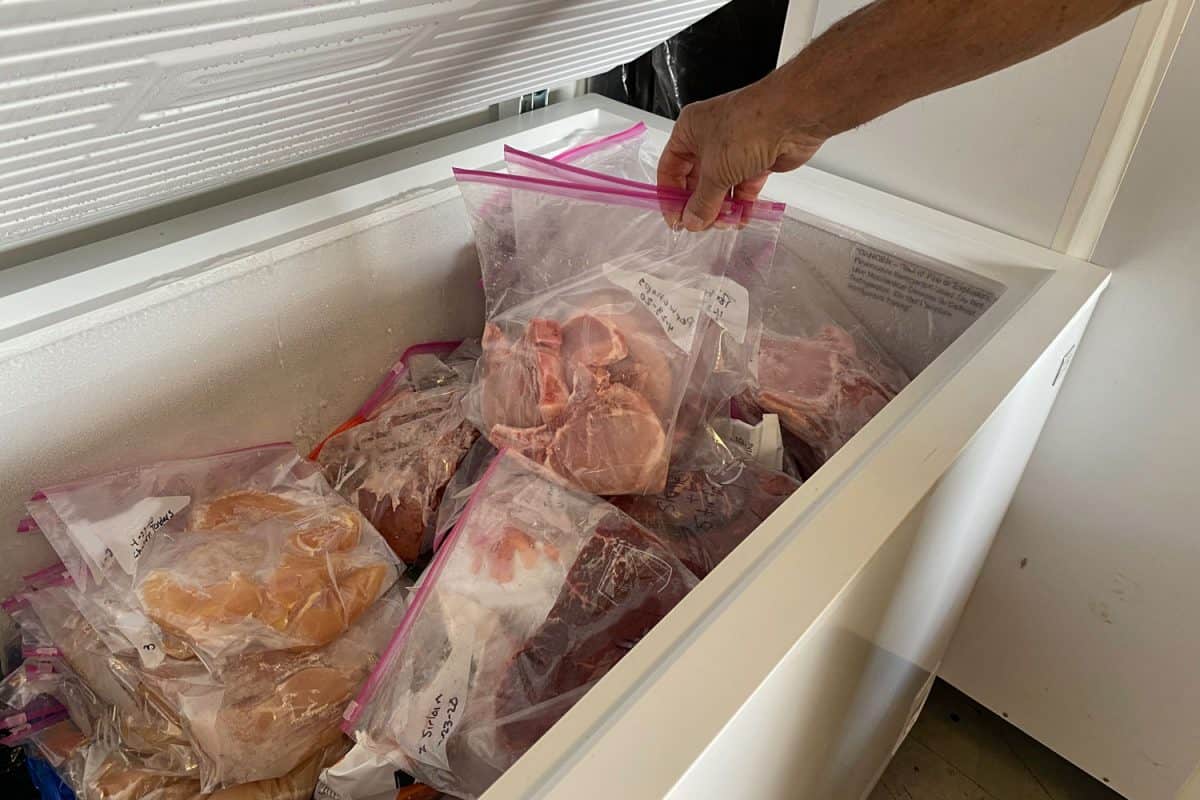
Now, if you are someone who stocks a large number of different foods to freeze for future usage, then a large chest freezer will ensure that lifestyle.
As a rule of thumb, a chest freezer is considered large when its dimension starts at 72–84″ W x 31–34″ H x 27–32″ D. Two more situations that might call for a large chest freezer include the following:
- Freezing seasonal fruits and vegetables in your home garden or during the off-season.
- When you own a small food business with meat-based menus and seafood cuisines as their main offering.
How is freezer capacity measured?
We’ve been writing the sizes of chest freezers through their width, height, and depth so far. But these cannot directly tell you the freezer’s capacity and may cause frustrations when you bought one blindly based on these measurements.
The capacity of all freezers and refrigerators is measured in cubic feet. Let’s take the different sizes of chest freezers as examples:
- Compact chest freezers are approximately 3 to 5 cubic feet.
- Small chest freezers are about 5 to 9 cubic feet.
- Medium chest freezers are between 10 to 16 cubic feet.
- Large chest freezers are usually 17 cubic feet and above.
If you want to buy a chest freezer exactly like your old one but you already forgot its capacity, you can try these simple steps:
1. Measure the width and height of the chest freezer in feet. Extend the tape measure across all inner walls of the chest freezer to get the interior height and width. Write the measurement down on a piece of paper.
2. Get the depth measurement in feet by extending the tape measure from the very bottom to the lid.
3. After getting the measurements, simply multiply the numbers to get volume in cubic feet.
4. If you measured the freezer in inches, just multiply all the measurements together then divide the product by 1,728, the value of 1 cubic foot in inches, to still get the freezer capacity in cubic feet. This process can be expressed more simply like this: CAPACITY = HWD/1,728.
Where do you put a chest freezer?
Let’s imagine you already have your chest freezer. Where should be the best place to put it? The answer will depend on the size and space you can spare in your home.
A compact and small chest freezer can fit into tight spaces in your kitchen without being too intrusive. Placing it near your countertop might be a good idea for easy access.
As for the medium and large sizes, you can store them in the garage as they take up more space. Just remember that the garage must be well insulated because extreme heat or cold can result in a non-functioning chest freezer. Also, position it in an area away from direct sunlight but has good airflow.
How much space do you need for a chest freezer?
Airflow is necessary to keep the proper temperature in the freezer. To do that, you need to make sure your chest freezer follows the minimum air clearances. A chest freezer must have at least 3 inches of air clearance on all sides, including the back.
Why should you follow air clearances? Because this permits the air to smoothly enter, circulate, exit, and circulate again in the freezer. Not putting enough air clearance around the chest freezer is like a depriving fire of oxygen to put it off. Blocking air flow can result in frequent temperature fluctuation and moisture or condensation problems.
In Closing
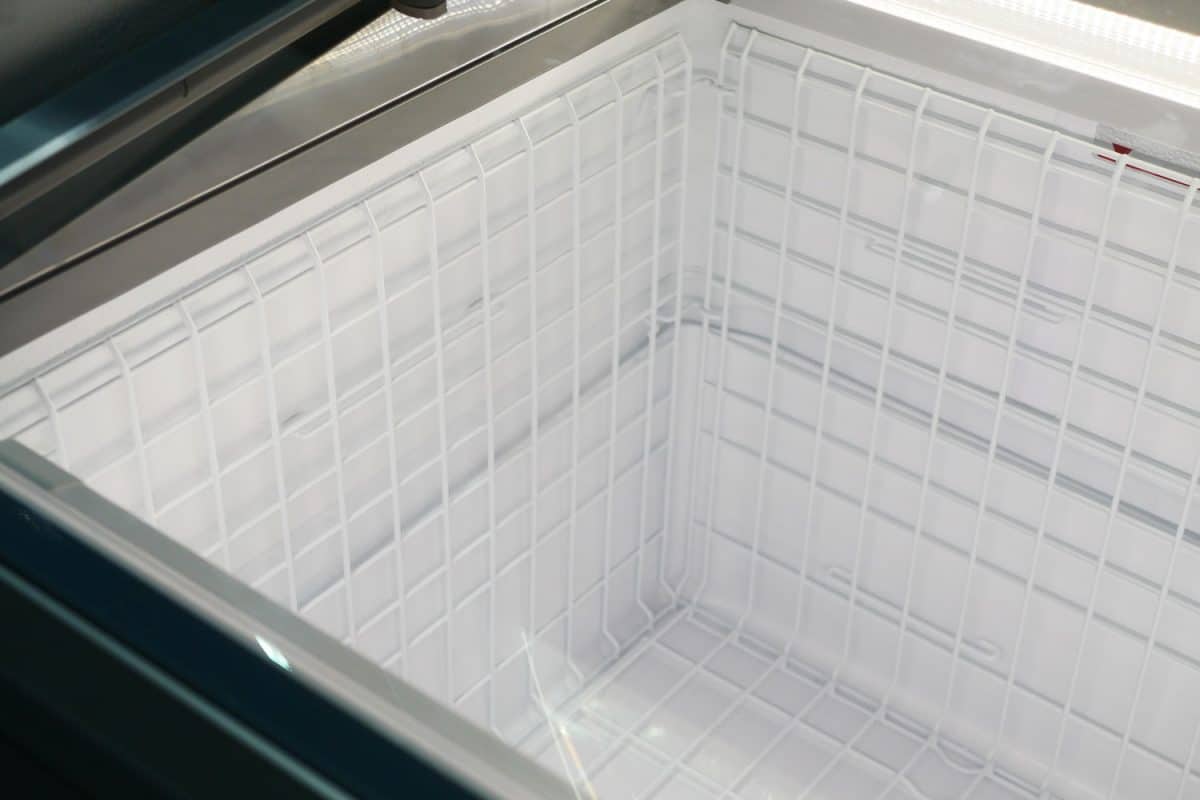
Chest freezers, along with other forms of freezing and refrigerating equipment, will provide you the best value for your money over time. So choose the right chest freezer size according to your lifestyle, freezing needs, and available space so you can live a life with less food inconvenience.

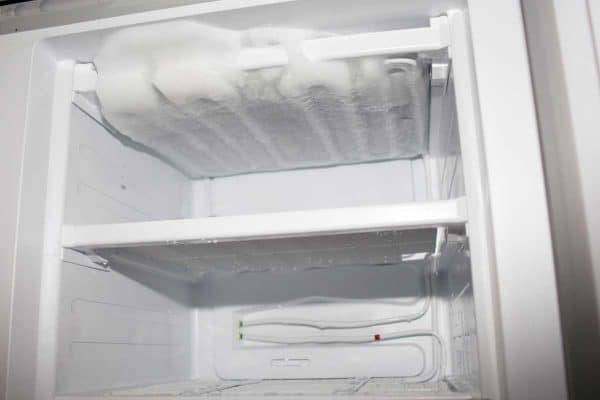
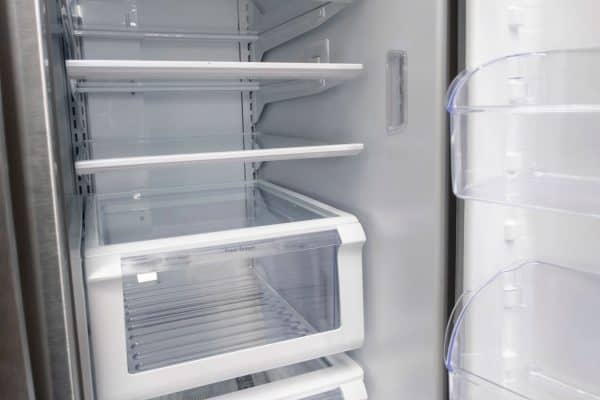
![Woman hand open plastic white container drawer in new refrigerator. How To Put A Freezer Drawer Back In [Inc. For Specific Brands]](https://forfreezing.com/wp-content/uploads/2021/09/Woman-hand-open-plastic-white-container-drawer-in-new-refrigerator.-How-To-Put-A-Freezer-Drawer-Back-In-Inc.-For-Specific-Brands-600x400.png)